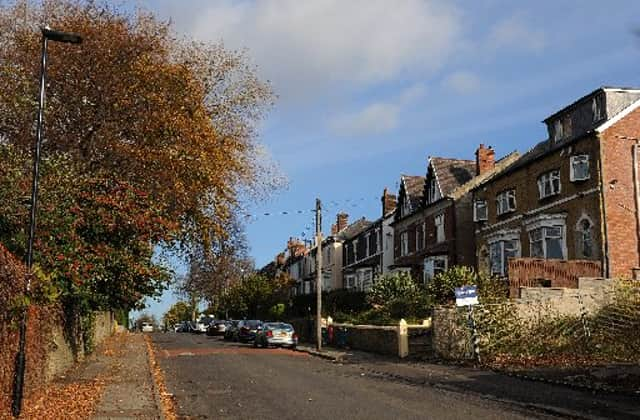South Yorkshire suburb with value properties, views, and just a stroll in to the city


Once the home of a club that attracted top names from the music world, Pitsmoor no longer has a rock’n’roll reputation. But it does retain a strong sense of community and offers sizeable properties within its Sheffield suburb for very competitive prices.Its an exciting time for the area, too, as plans are forging ahead for a new school, for youngsters aged from three to 18. It involves a new build element, along with the refurbishment of the former Pye Bank School.Peter Stringfellow and his brother Geoff were the owners of the King Mojo Club on Barnsley Road, that in its heyday boasted visits from performers such as Rod Stewart, Ike and Tina Turner, Jimmy Hendrix, Elton John, The Who and many others.That was in the 1960s. The club was within a large Victorian house, and some properties from that era remain in Pitsmoor. The club thrived until 1967 when the council took heed of noise complaints from local residents and declined to grant a further entertainment licence. Modern housing has replaced it.Pitsmoor was once a much sought after suburb. These days it is a busy area with great links in to the city. It hosts a lively gospel choir based in the Christ Church ‘hub’, a well-used park and adventure playground and a diverse community.Christ Church has its own Welcome Centre that opened in 1985. It runs a monthly international meal for asylum seekers and it is used by many local community groups for their meetings and activities.Here, it’s possible to buy a two-bedroomed semi-detached home for £65,000, and Pitsmoor is seen as a great location for commuters, with strong transport links, direct access into the city centre and only 2.5 miles to Valley Entertainment and the Sheffield Arena.Abbeyfield House and Garden, built in 1837, was once called Pitsmoor Abbey but its name was changed by a solicitor, Bernard Wake, when he bought the property. In 1909 Sheffield Corporation acquired the house and land and the grounds became a park. The house has had a number of uses including being a school, and is now largely office space.Each July the Abbeyfield Multicultural Festival takes place in the park, to which people travel from across the city.A group meets regularly in Pitsmoor for health walks.Francis Feeley has lived in the area for many years and is involved in running weekly walking sessions as part of the Step Out Sheffield team.He said: “People walk and then share a drink and a chat - there is a strong social aspect to the activity.”Pitsmoor, he said, is small within its actual boundaries that have become more blurred over years. It is shown on the 1750 map as a distinct separate village.There are many houses dating back to the early nineteenth century, including on Rock Street, where a sizeable property sold for just £500 20 years ago, recalled Mr Feeley. Some homes have large front and rear gardens and can offer value family accommodation. “Properties here would command a fortune in some parts of Sheffield,” added Mr Feeley.“Pitsmoor is a brilliant place. People come and go. Pre-war there was an influx of Irish people then in the 1950s steelworkers were here and the Pitsmoor houses were seen as quite prestigious, upwind of the steelworks. Tradesmen were prolific. Much of today’s Pitsmoor was built in the 1880s.”These days the area attracts a diverse range of residents, with business people, actors, artists and musicians among those who choose to live there. “The schools are good so families do take advantage of their proximity. You can walk straight in to town and some views around here are little short of remarkable,” Mr Feeley added.